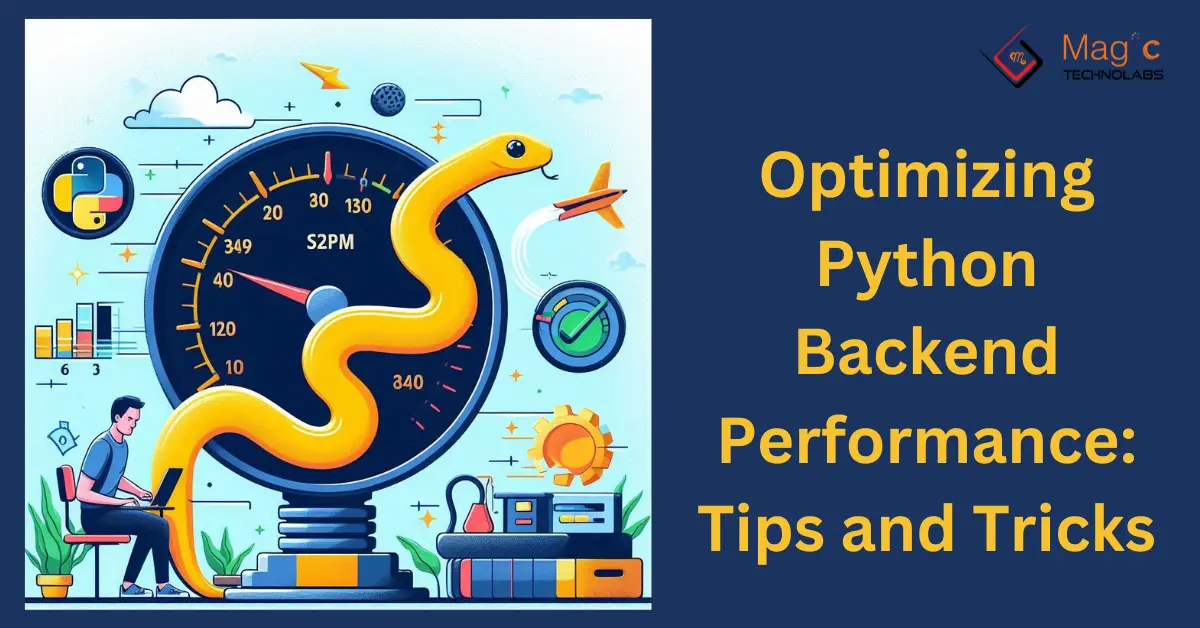Are you tired of your Python backend feeling sluggish? Let's turbocharger it! Here are some tips and tricks to optimize performance and make your application fly.
Profiling: The Holy Grail
Find the bottlenecks: Use tools like Profile or line profiler to pinpoint the functions that are hogging resources.
Optimize accordingly: Once you know the culprits, focus your optimization efforts on these areas.
Caching: The Secret Weapon
Cache frequently accessed data: Store frequently used data in memory for faster retrieval.
Choose the right cache: Consider using libraries like Redis or Memcached for efficient caching.
Database Optimization
Index wisely: Create indexes on frequently queried columns to speed up database searches.
Query optimization: Avoid expensive operations like full table scans and write efficient SQL queries.
Database connection pooling: Reuse database connections to reduce overhead.
Code Optimization
Avoid unnecessary computations: Optimize your algorithms to minimize calculations.
Use generators: Create generators to avoid creating large lists in memory.
Leverage Python's built-in functions: Utilize Python's powerful built-in functions for common tasks.
Asynchronous Programming
Embrace asyncio: Use asynchronous programming to handle multiple tasks concurrently without blocking.
Utilize async/await: Write asynchronous code in a more readable and intuitive way.
Third-Party Libraries
Choose carefully: Select libraries that are optimized for performance and maintained.
Use them wisely: Avoid using libraries that introduce unnecessary overhead.
Server Configuration
Tune your server: Adjust settings like worker processes and thread pools to optimize performance.
Use a load balancer: Distribute traffic across multiple servers to improve scalability.
Monitoring and Testing
Keep an eye on metrics: Monitor performance metrics like response time, CPU usage, and memory consumption.
Regular testing: Conduct performance tests to identify and address bottlenecks.
By following these tips, you can significantly improve the performance of your Python backend application. Remember, optimization is an ongoing process, so keep experimenting and refining your code!
















